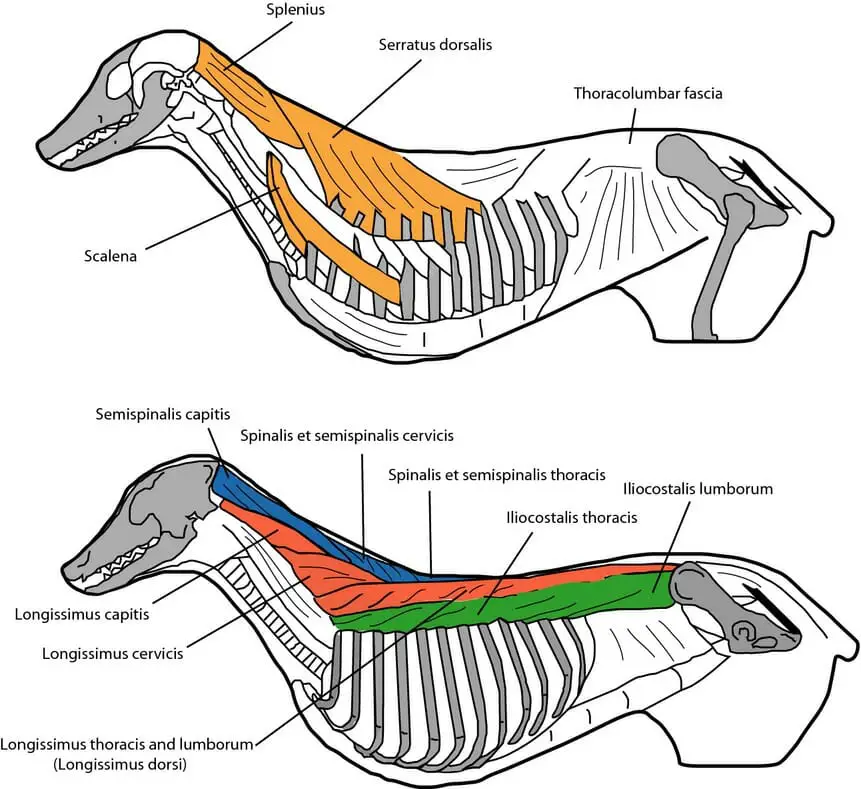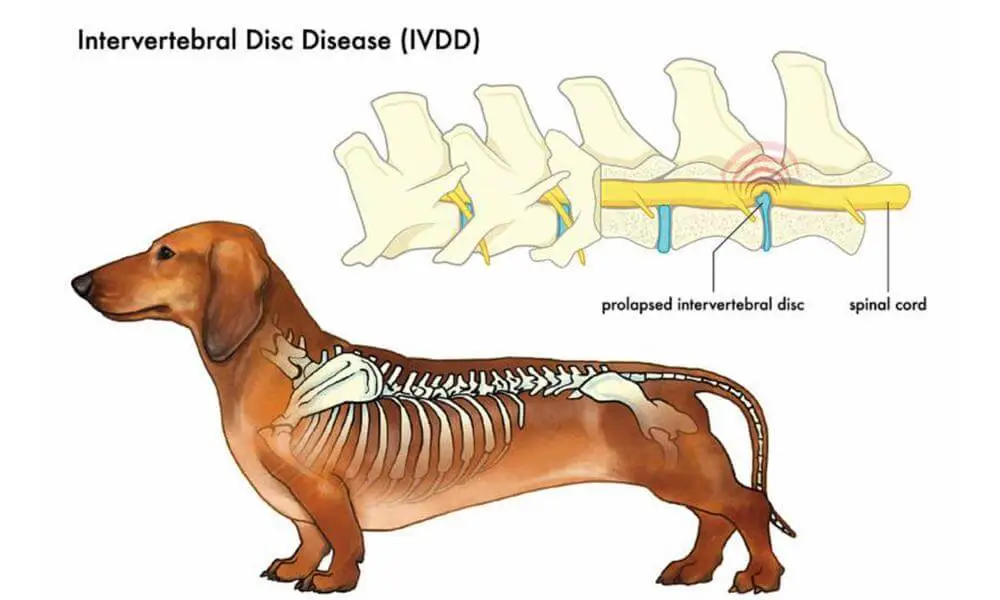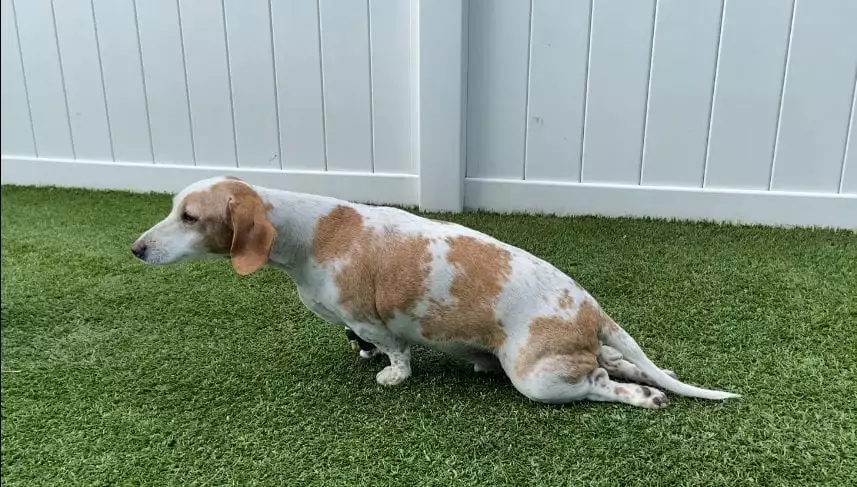If your dog has been diagnosed with intervertebral disc disease (IVDD), you know that it can be a difficult and painful condition for them to live with. One way to help manage their pain and improve their quality of life is through the use of massage.
Massage can help to alleviate muscle tension, increase circulation, and improve overall well-being. However, it’s important to be careful and gentle when massaging a dog with IVDD, as their spine and back muscles may be sensitive.
“Massage can be a valuable tool in the management of intervertebral disc disease in dogs. It can help to reduce muscle spasms and improve circulation, which can in turn reduce pain and improve mobility.” – Dr. Mary O’Brien, DVM
Intervertebral disc disease (IVDD) is a common condition in dogs that affects the discs between the vertebrae in the spine. It can cause pain, weakness, and in severe cases, paralysis. Massaging a dog with IVDD can help to alleviate pain and discomfort, but it is important to do so with caution and under the guidance of a veterinarian or a professional physical therapist.
In this article, we will provide a step-by-step guide on how to massage a dog with IVDD, as well as some additional tips and safety considerations. By following these guidelines and seeking the guidance of a professional, dog owners can help alleviate pain and discomfort in their pets with IVDD and improve their quality of life.
What is Intervertebral disc disease (IVDD) in dogs?
Intervertebral disc disease (IVDD) is a condition that affects the discs between the vertebrae in the spine of dogs. It occurs when the discs become damaged or begin to degenerate, which can lead to pain, weakness, and in severe cases, paralysis.

There are several potential causes of IVDD in dogs, including:
- Genetics: Some breeds of dogs, such as Dachshunds, Pekingese, and Shih Tzus, have a higher risk of developing IVDD due to their genetic makeup.
- Age: As dogs age, their discs may begin to degenerate, which can increase the risk of IVDD.
- Obesity: Overweight dogs are at a higher risk of developing IVDD due to the added strain on their spine.
- Trauma: Accidents or injuries that result in trauma to the spine can increase the risk of IVDD.
- Lack of exercise: Dogs that do not get enough exercise may be at a higher risk of developing IVDD due to a lack of muscle support for the spine.
Keep in mind that certain dogs may be predisposed to IVDD due to circumstances that are not present in others. The easiest method to diagnose IVDD in your dog and decide on a treatment plan is to schedule an appointment with your vet.
Why you should massage a dog with IVDD?
Massaging the afflicted areas will improve blood flow and reduce discomfort in the affected muscles. Back ache, yelping, and/or panting are all symptoms of moderate IVDD. difficulties running, leaping, or climbing stairs. Since this ailment causes structural abnormalities in the dog’s spine, the dog’s muscles may become very tight and painful.
How do you make an IVDD dog comfortable?
When your dog sleeps, be sure to provide a comfortable, well-padded kennel to reduce stress on his or her back and joints. It’s also crucial to remember that certain IVDD-afflicted dogs may lose bladder control, so providing them with fresh bedding on a regular basis can help them feel secure and clean.
What to keep in mind when massage a dog with IVDD:
Beginning at the dog’s shoulder blades, a massage is an excellent method of providing pain relief and maintaining your dog’s comfort. Find the spine’s midpoint without pressing down on it; instead, use it as a landmark to locate the epaxial muscles (Figure Below). These are the muscles we’ll be massaging to alleviate pain; they are located one finger’s width on either side of the spine.

Keep the pressure mild and make sure your dog is comfortable the entire time; if you push too hard, your dog may want to get away. A relaxed dog is a sign that the pressure you are using is just right.
Start at the blades and work your way down to the tail in a circular motion, paying close attention to any twitching in the muscles, which typically signals stiffness and prompting you to ease off on the pressure.
It is important to massage all the muscles of the hind legs, but especially the quads and hip flexors at the front of your dog’s thigh, and don’t forget the hamstrings, which run down the back of your do. This is because almost every dog I see with IVDD has associated weakness and or tightness in certain muscles of the hind limbs, which can affect the movement of their hips and knees.
Steps you can follow to massage a dog with IVDD:
- Consult with a veterinarian or a professional physical therapist: It is important to consult with a professional before attempting to massage a dog with IVDD. They will be able to provide guidance on the specific massage techniques for Massage a Dog with IVDD that are safe and effective for the dog, as well as any precautions that need to be taken.
- Position the dog comfortably: Have the dog lie on their side or stand with their front legs supported. This will help to stabilize them and make it easier to massage their affected area.
- Use a gentle touch: Massaging a dog with IVDD requires a gentle touch to avoid causing additional discomfort or injury. It is important to avoid applying too much pressure or using massage techniques that may be too intense for the dog.
- Massage the affected area: Using a circular motion, gently massage the affected area starting from the lower back and moving upwards. It is important to pay attention to the dog’s reactions during the Massage a Dog with IVDD and to stop immediately if the dog shows any signs of discomfort or pain.
- Take breaks: It is important to take breaks during the massage to allow the dog time to rest and relax. Massaging a dog with IVDD can be physically and mentally exhausting for them, so it is important to take breaks and not overdo it.
- Follow the guidance of a professional: It is important to follow the guidance of a veterinarian or a professional physical therapist when massaging a dog with IVDD. They will be able to recommend the best massage techniques and frequency based on the specific needs of the dog.
When massaging a dog diagnosed with IVDD, it is critical to use extreme care and seek the advice of a trained specialist at all times. Dog owners may assist ease pain and suffering in their dogs that have IVDD by following these procedures and taking into consideration the individual requirements of the dog. This will result in an improvement in the pets’ quality of life.
Conclusion
Finally, massaging a dog with intervertebral disc disease (IVDD) may assist relieve pain and suffering while also improving the dog’s quality of life. However, it is important to proceed with prudence and under the supervision of a veterinarian or a licensed physical therapist.
Dog owners may safely and successfully massage their dogs with IVDD and help to improve their general well-being by following the methods and safety precautions indicated in this article. To guarantee a safe and successful experience for both the dog and the owner, always seek the advice of a professional and pay attention to the dog’s responses throughout the Massage a Dog with IVDD.
RECOMEDDED ARTICLES:

